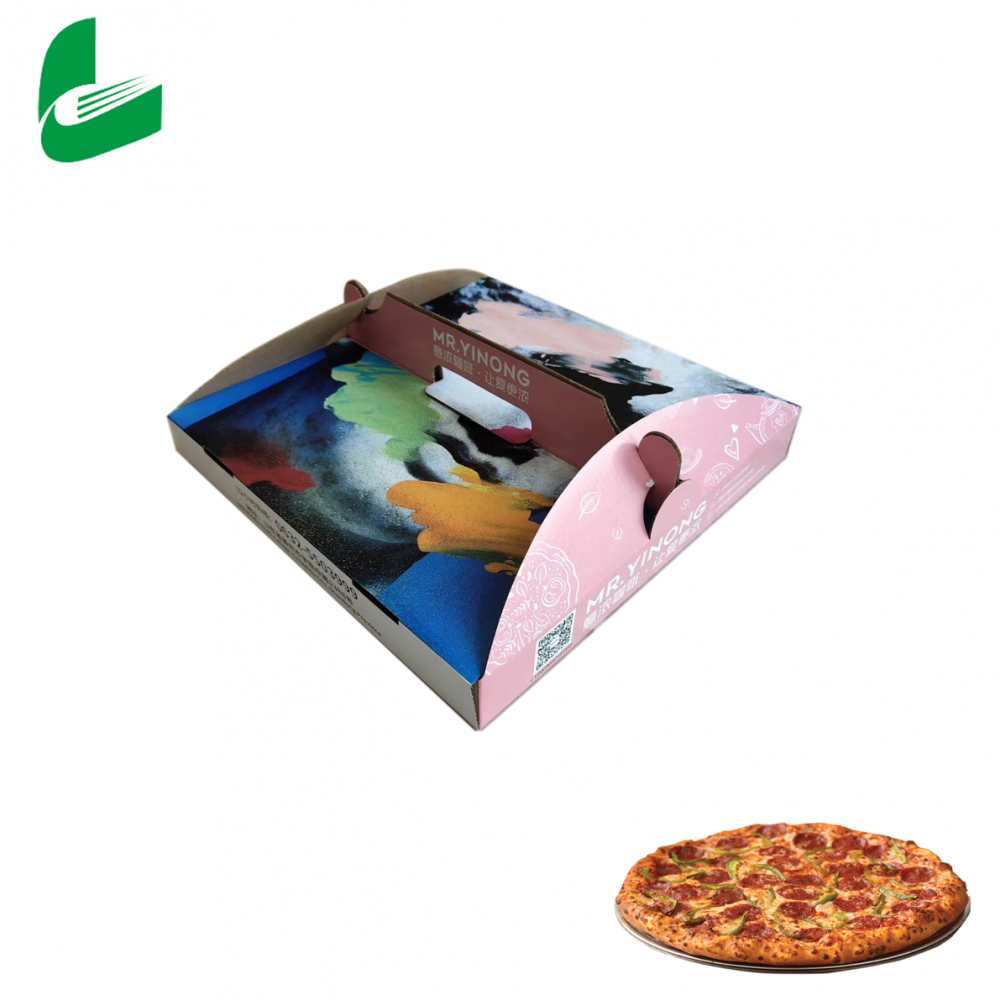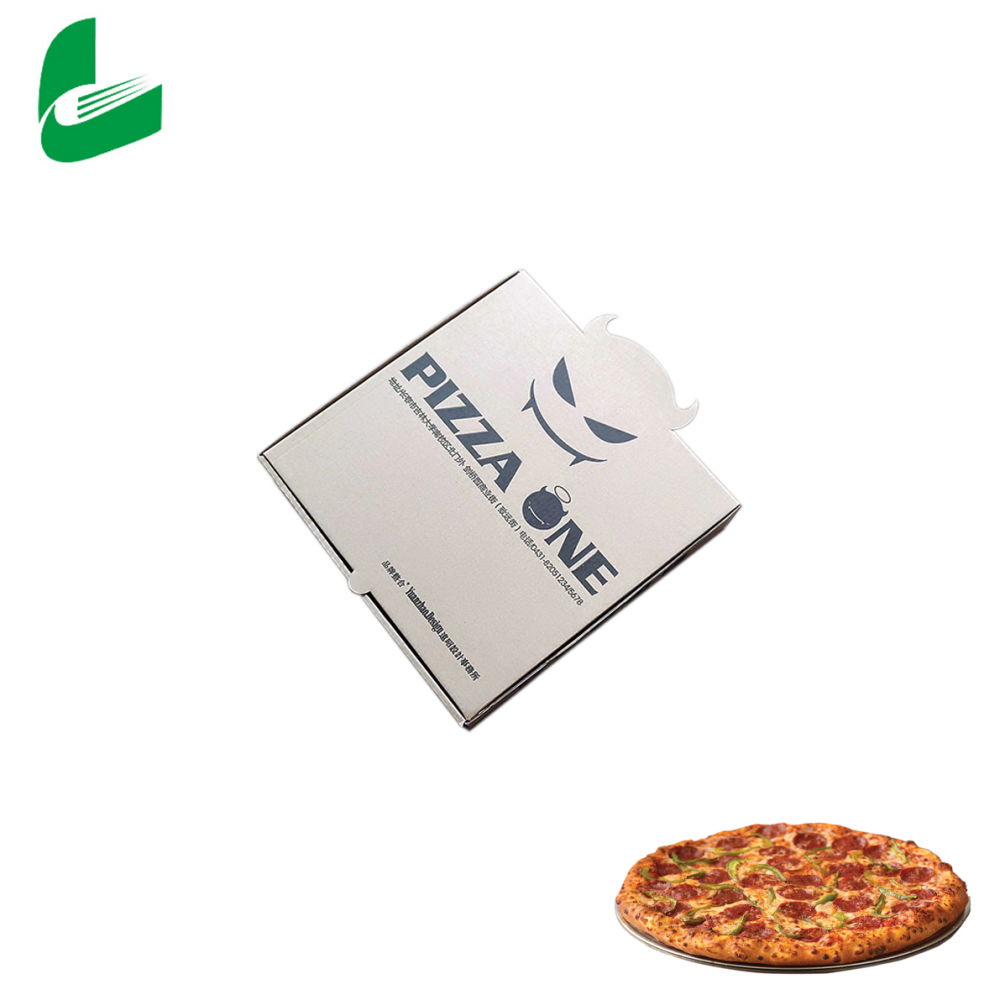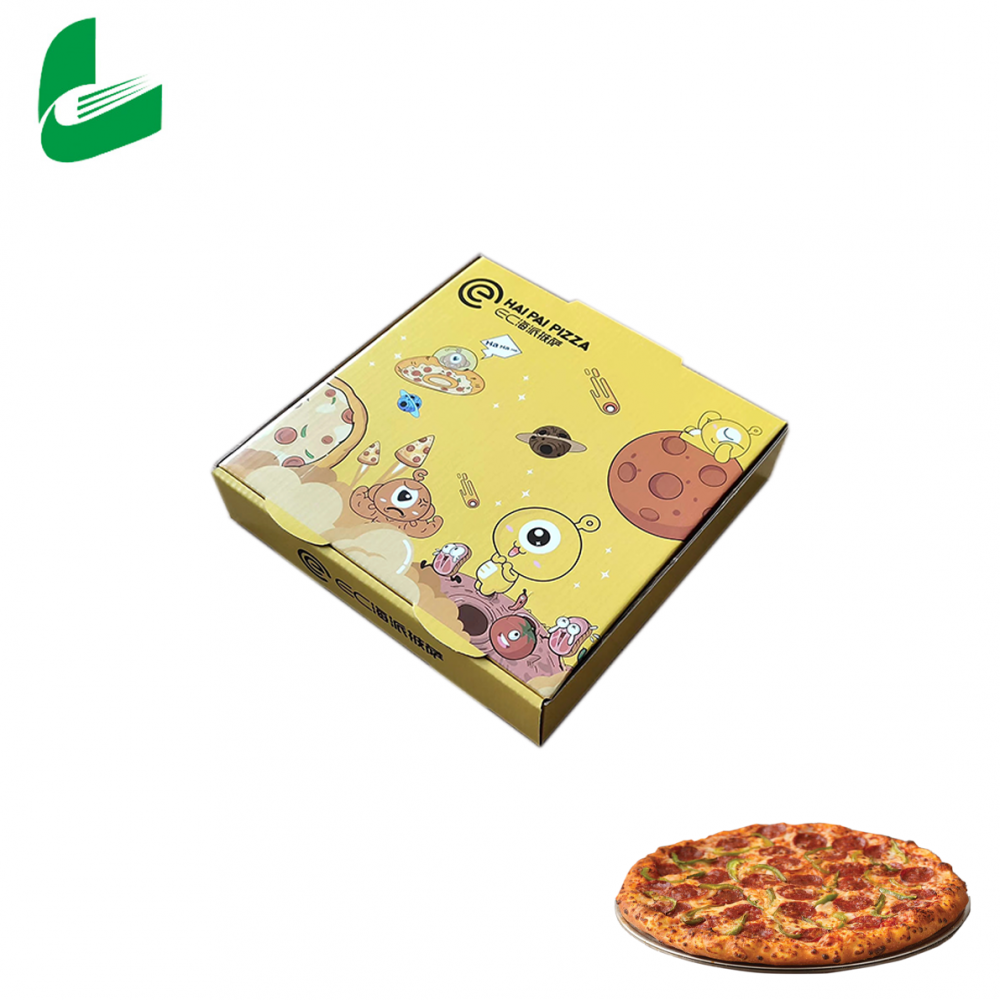Through the coating to measure the thickness of metal materials
Application: Accurately measure the remaining wall thickness of metal pipes, pressure vessels, beams, hulls and other structures with paint or similar coatings.
Background: In many industrial and petrochemical product maintenance situations, it is necessary to measure the remaining thickness of metals that are often subject to corrosion and penetrate one or more paint layers. With conventional ultrasonic thickness gauges, the presence of paint layers or similar coatings can cause measurement errors. Typically, due to the apparently low sound velocity of the paint layer, the apparent metal thickness increases by more than twice the thickness of the paint layer. There are two solutions to this problem: echo-echo measurement and transmission coating measurement.
Equipment: Three Panametrics-NDT corrosion thickness gauges with echo-echo measurement and transmission coating measurement performance: 37DL, MG2-XT, MG2-DL. Echo-echo measurement is usually performed with the following dual crystal probes: D790, D791, D797 or D798. Measurement through the coating requires any one of the special dual crystal probes: D7906-SM or D7908.
Due to its excellent response to rough surfaces and surface pitting corrosion, the dual crystal probe has long been the industry standard for corrosion inspection applications. Therefore, they are generally recommended for conventional corrosion measurement applications. In some applications, including smooth lacquered metals that require high-precision measurement, a single crystal probe with a delay line is recommended.
Operating principle: The longitudinal sound wave velocity in steel is typically 5.900m / s (0.2320in / us), but in paint or similar coatings the sound velocity is generally lower than 2.500m / s (0.1000in / us). Conventional ultrasonic equipment will erroneously measure the coating at the sound speed of steel when measuring the total thickness of the metal with paint, which means that the coating will show at least 2.35 times (the ratio of the two sound speeds) its true thickness value. Where thick coatings and tight tolerances are involved, such errors introduced by the coating can be a large part of the total thickness measurement. The solution to this problem is to measure or calculate the thickness in such a way that the coating composition is removed from the measurement.
Echo-echo measurement simply applies the mature technology of the time interval between two adjacent bottom echoes. This time interval represents the continuous round-trip travel time of the sound wave passing through the test material. In the case of coated metals, these multiple echoes can only occur in the metal and not in the coating, so the interval between any pair of echoes (bottom echo 1 to 2, bottom echo 2 to 3, etc.) , Only represents the metal thickness after the coating thickness has been removed.
Through the coating measurement, a patented software is used to determine the time interval represented by a round trip in the coating. This time interval is used to calculate and display the coating thickness, and by subtracting this time interval from the total measurement value, the instrument can also calculate and display the thickness of the metal base layer.
Each of the above technologies has advantages and disadvantages. For a specific application, you should consider which method is best:
Good quality custom pizza boxes without handle.




Pizza Box Without Handle,Custom Pizza Box,Print Pizza Box,Microwave Pizza Box
JINAN HUAFENG PRINTING CO., LTD , https://www.huafengpaperbag.com